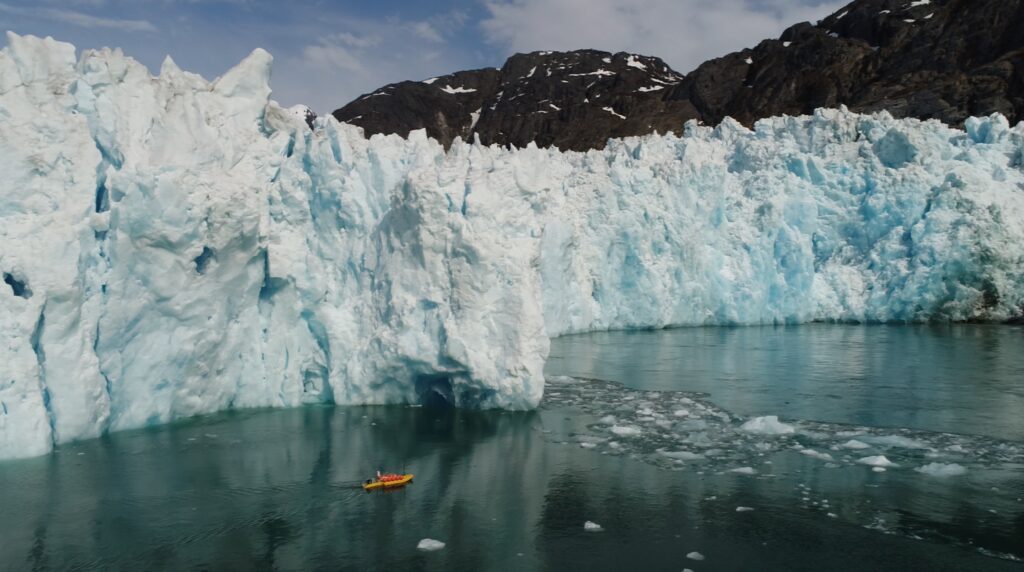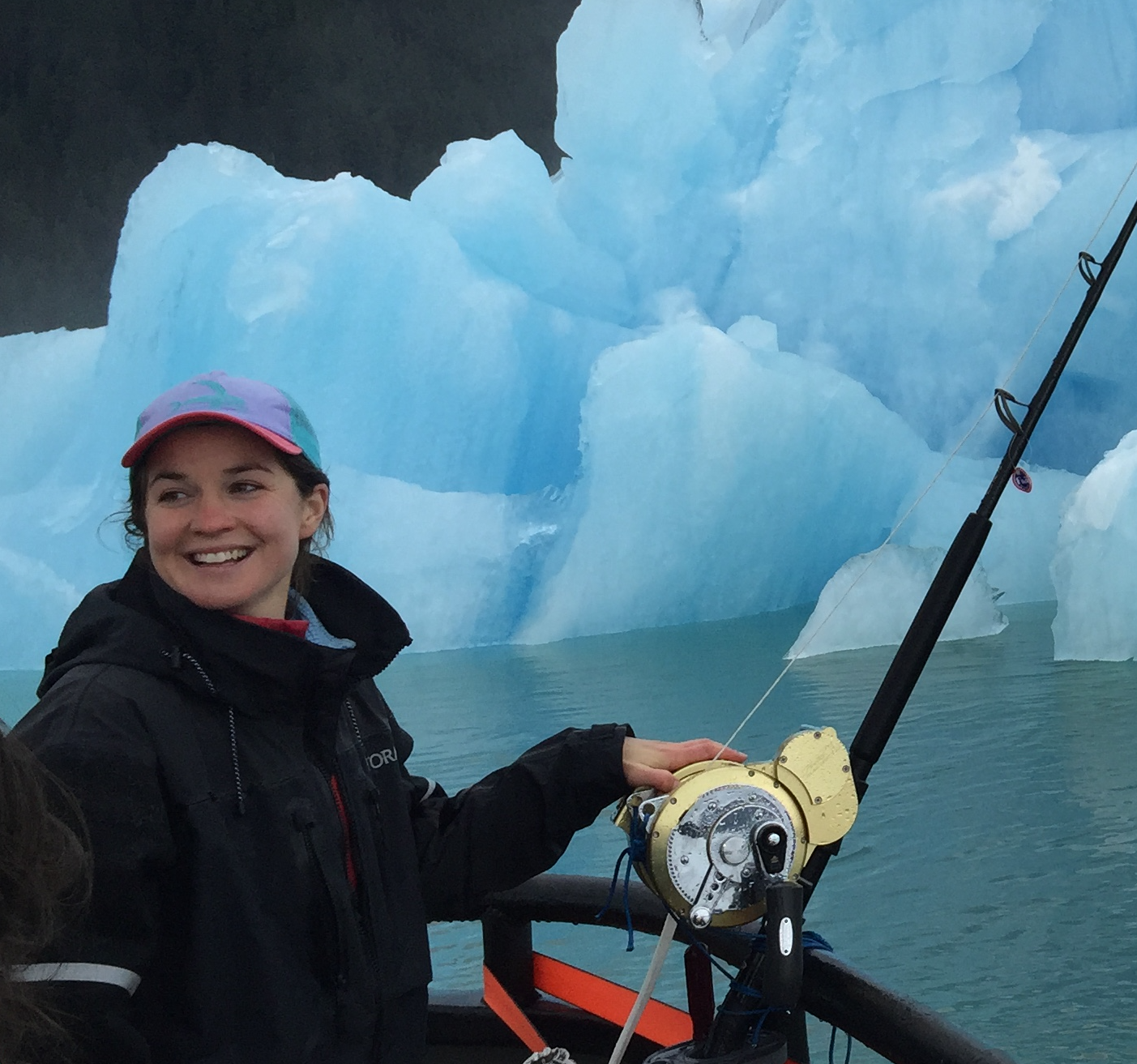Title: “How fast do tidewater glaciers melt? Quantifying the processes that control boundary layer transport across the ice-ocean interface”
NSF Arctic Natural Sciences, Office of Polar Programs
PIs: Rebecca Jackson & collaborators at Oregon State University (lead) and University of Oregon
Submarine melting at marine-terminating glaciers plays a key role in driving mass loss from the world’s ice sheets. Accurate representation of melt processes – and ocean-glacier interactions in general – is critical for projecting glacier evolution and sea level rise. However, recent evidence from tidewater glaciers suggests that the prevalent theory for submarine melting under-predicts melt rates by two orders of magnitude. To date, no studies have measured the small-scale boundary layer dynamics at the ice-ocean interface that control melting, limiting our ability to test the existing theory for glacier melt. This project will develop an extensive network of coordinated underwater acoustic, optical and in-situ unmanned observations at LeConte Glacier, AK, to collect the first geophysical observations of the turbulent boundary layer at a near-vertical glacier face. We will directly relate these measurements to the subsurface terminus morphology and its rate of melt. Using methods that meld glaciology, oceanography and robotics, highly-resolved data and numerical simulations will be combined to determine the relevant physics and controls on melting, with the goal of developing a next-generation theory for predicting melt rates.



